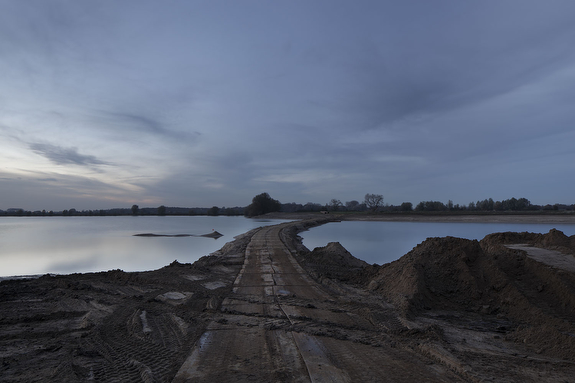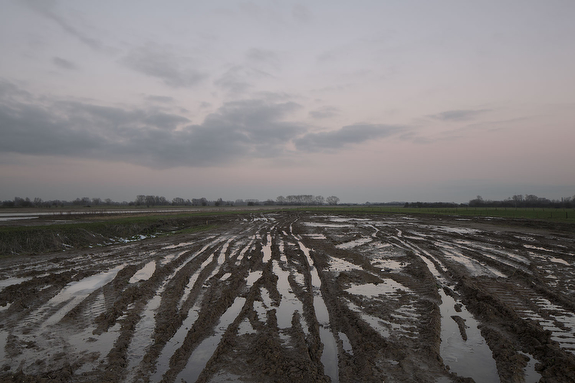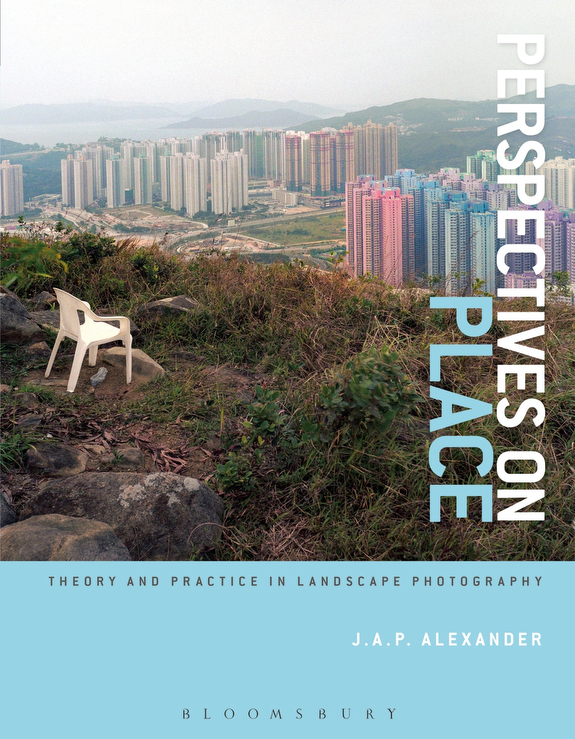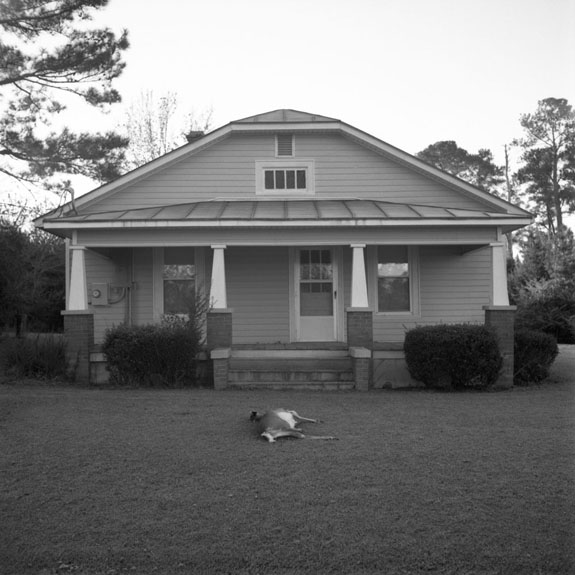
Everyday Aspects and Genius Loci
River landscapes (Maas – Waal)
Since my childhood I have been fascinated by the landscapes of the great Dutch rivers. On beautiful summer days we sometimes went to the riverside to cool down. In winter we went watching high water and in spring we now and then made a trip along the blooming orchards. Later on I visited the remnants of the brick industry along the rivers. These mostly rural or suburban landscapes are man-made environments with a strong impact of nearness of the river.
Nature in these areas is most of the time nature made by and controlled by man. As a matter of fact most of the diverse Dutch landscapes are the result of centuries of intervention by humans. The common point of view of governmental and environmental organizations is that to maintain our characteristic landscapes, management is required. Regarding the river landscapes, it should be added that the security of many people depends on careful management of the river waters. For example, one makes more room for the river by digging trenches and by removing vegetation.
Dutch landscapes
In my images I focus on the signs and traces of human presence. You might say the landscape of the Netherlands is some sort of palimpsest of human actions. In this way it tells me often more about human culture than for example straight forward portraits of people can do. Landscape in my pictures is almost entirely the result of human behavior and intervention.Traces of technology, of industrial and agricultural activities tell me about the use and exploitation of the land. All kind of buildings, materials used, roads, canals, more or less disturbed or cultivated vegetation allow me to see how we have changed, and how we are still changing our surroundings. I explore these gradual and rapid changes in my photographs, sometimes by taking again and again pictures of the same subject and place, just like in my series Four Seasons.
Mood and genius loci
I am usually not very interested in capturing the reality of the landscape in an objective way; as a mere document of human actions. The light and weather conditions are clearly very important to me. I have an enormous fascination for light effects. Carefully I try to choose the weather and time of the day (preferably at twilight) to take my photographs. Sunny weather with nice blue skies are seldom seen in my recent pictures; I am far more fascinated by the gloom that comes with nightfall. In addition many times at dusk silence descends on the landscape. The silence at the end of a working day contributes greatly to the atmosphere of a location.
My emphasis on the importance of having particular light and weather conditions is just because of my interest in the experience of a location; I often spend much time on one particular location and I return frequently in different seasons when I feel a special bond with a place. With experiencing a location I mean feeling the distinctive atmosphere or emotion that a location evokes: the genius loci, the ‘spirit of the place’. To me the genius loci is an very meaningful aspect of the landscapes where I wander around with my camera. In capturing the landscape the omnipresent sky is an important means to strengthen the expression of mood of a landscape.
Transience
Another reason why I chose to render a distinct sky in my images, is that the skies for me convey a feeling of transience and impermanence of all human enterprises.
I am always very interested in the history of a location or landscape; I read as much as I can about it and try to imagine how people before our times used and changed the landscape. In my opinion the skies — although highly variable and changeable — are the timeless elements in the photographic image. Never the same but substantially not changed since ancient times, thus being eternal in contrast with the volatile earthly things.
— Thieu Riemen, Tilburg, The Netherlands












